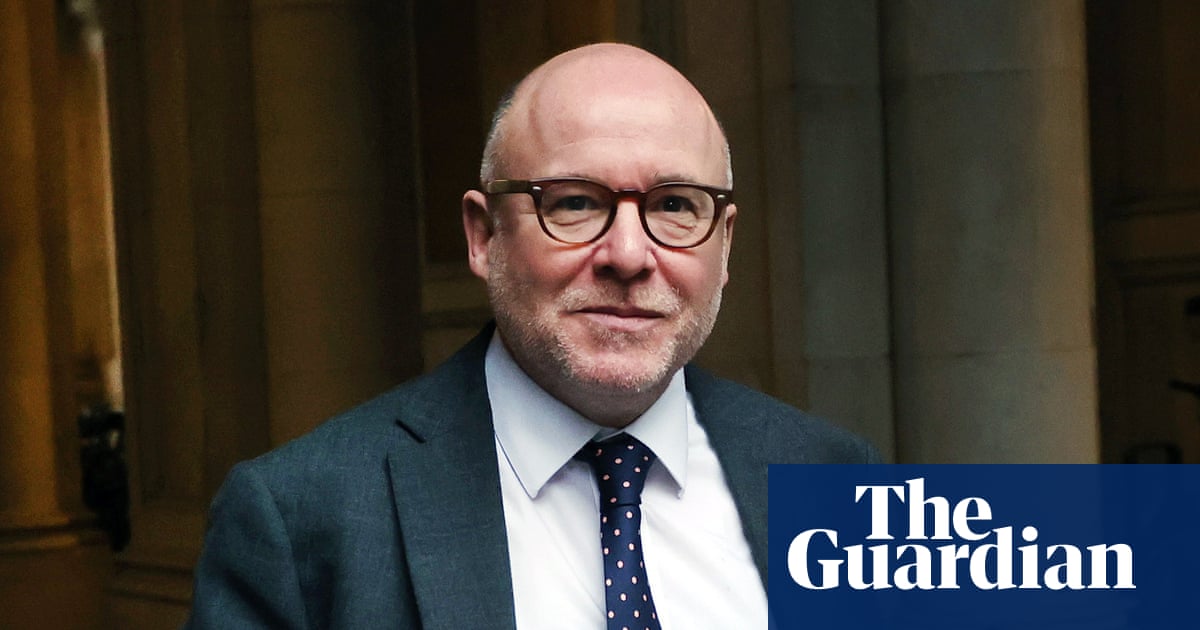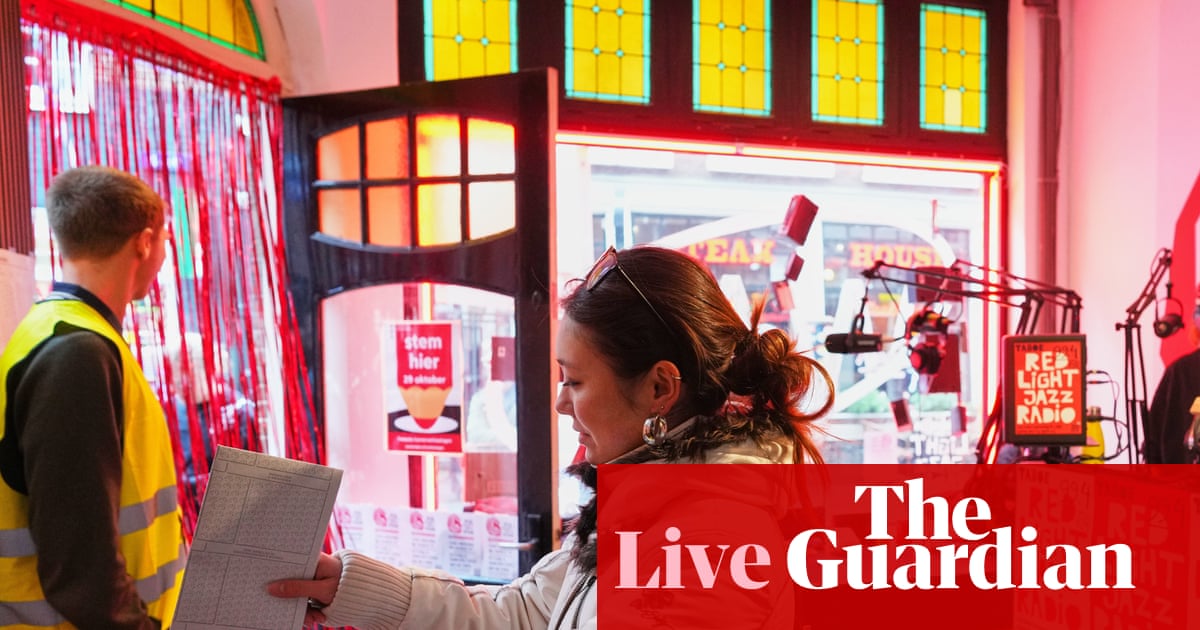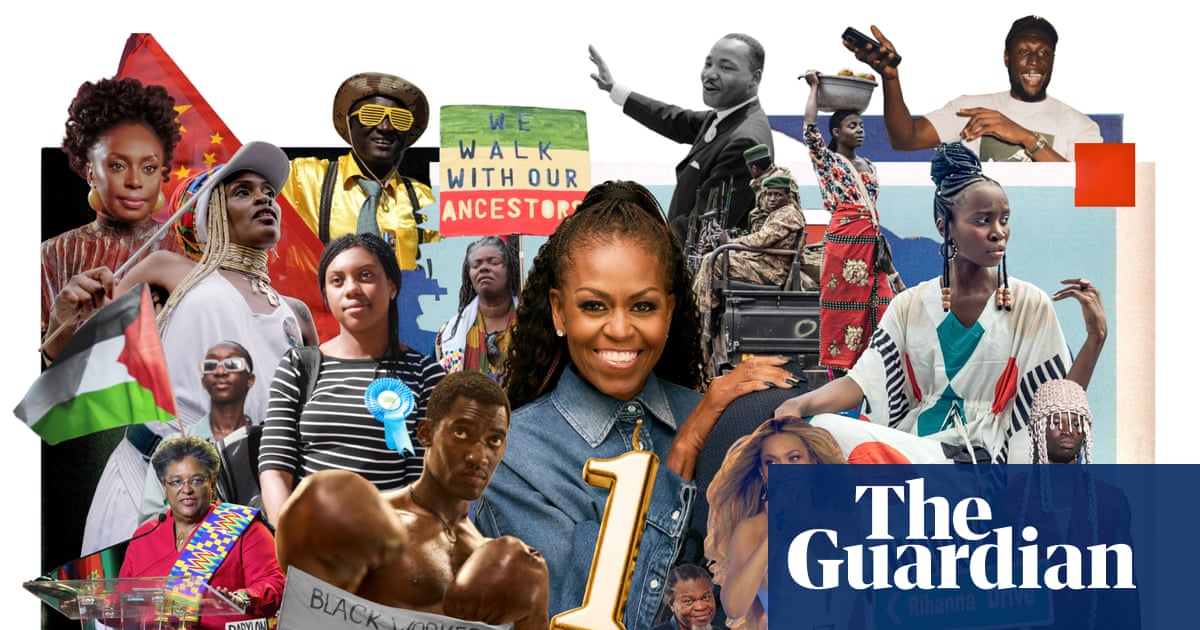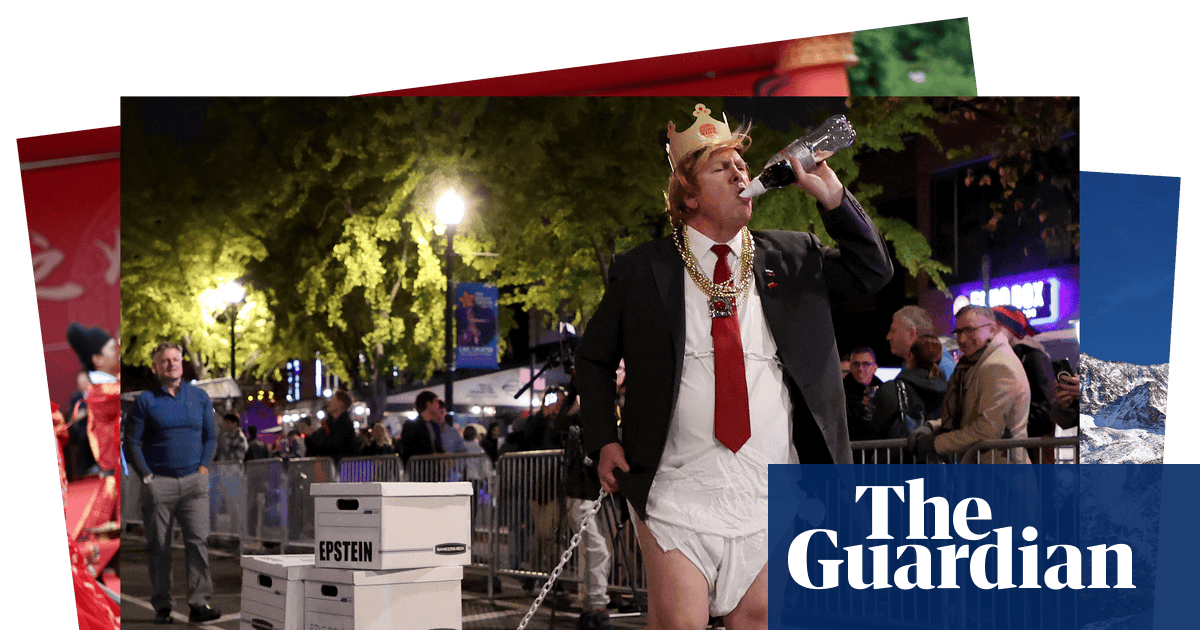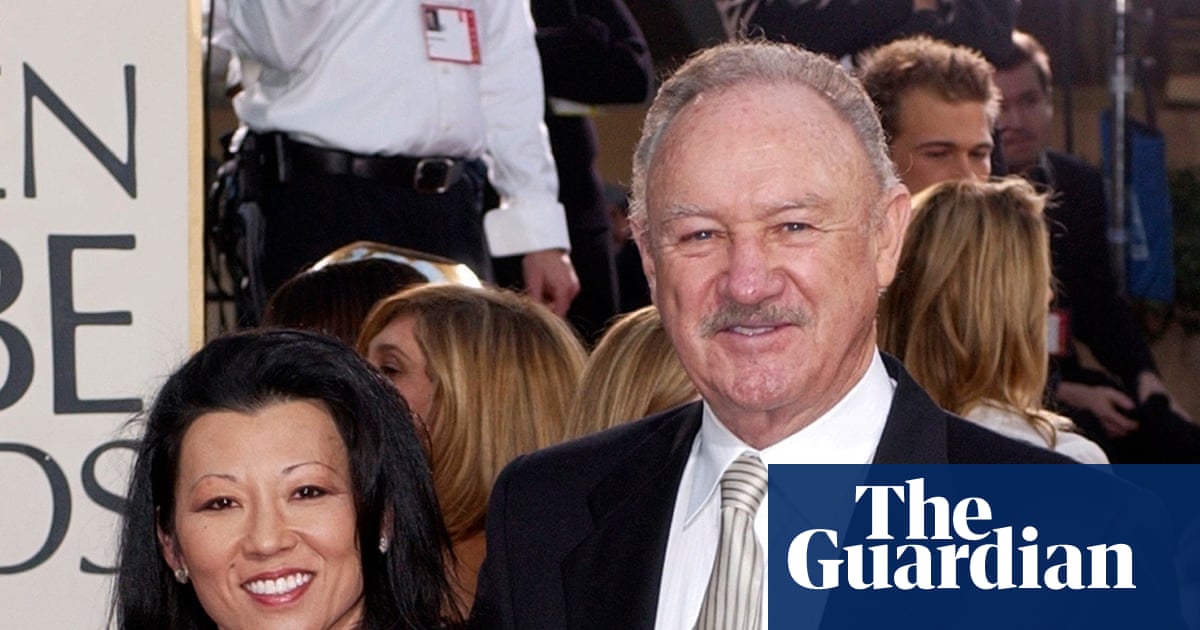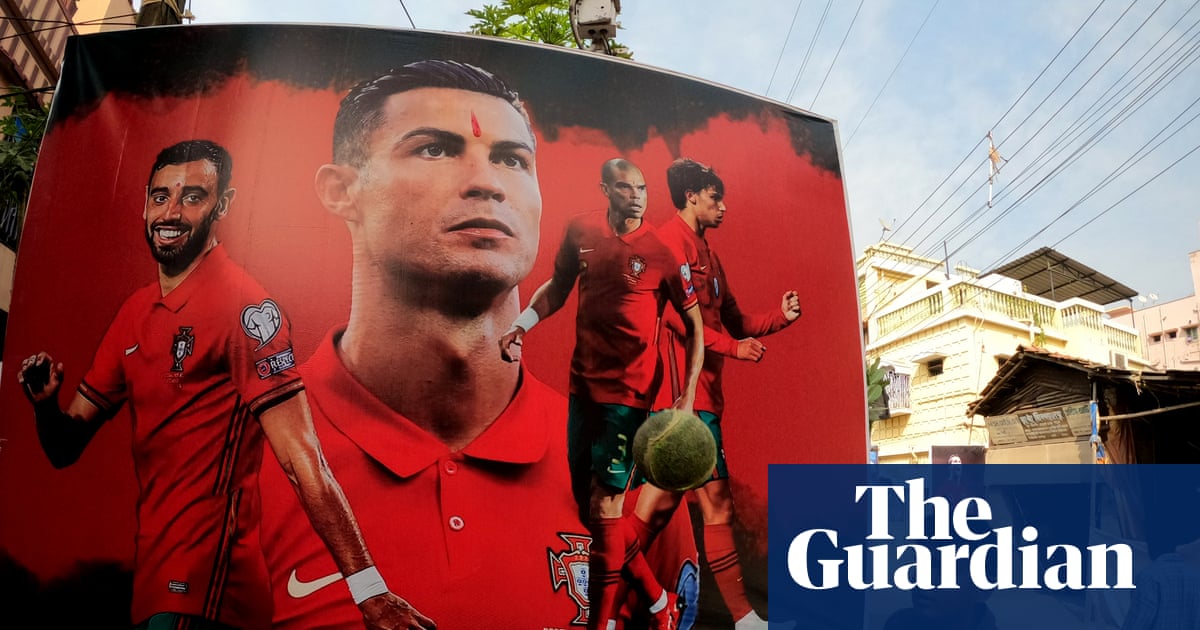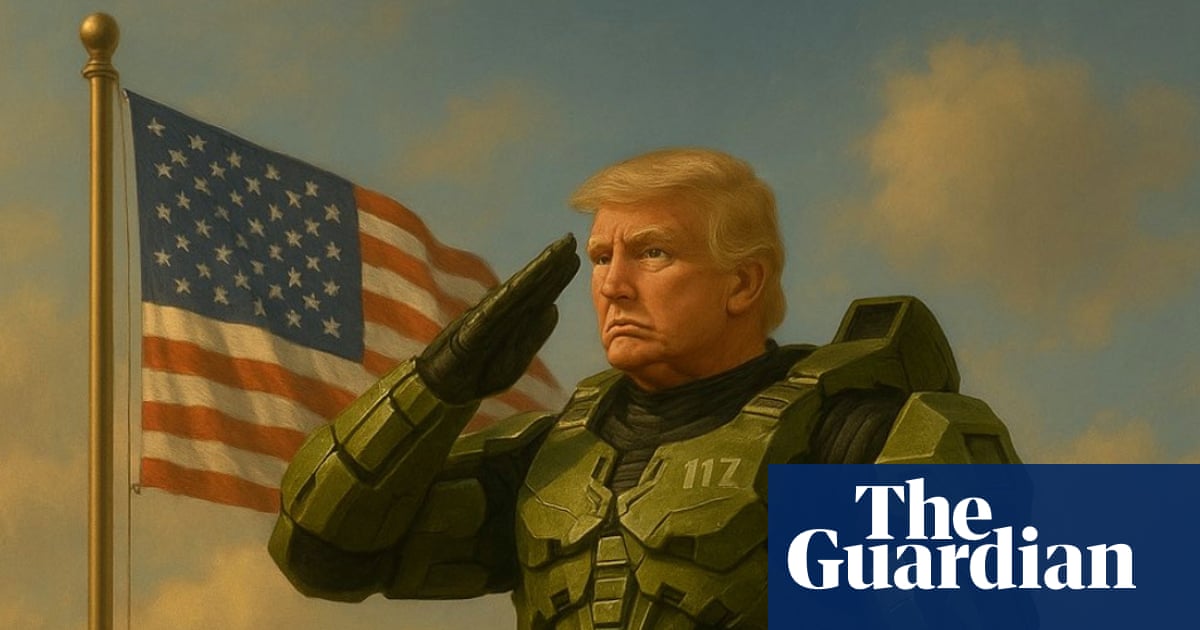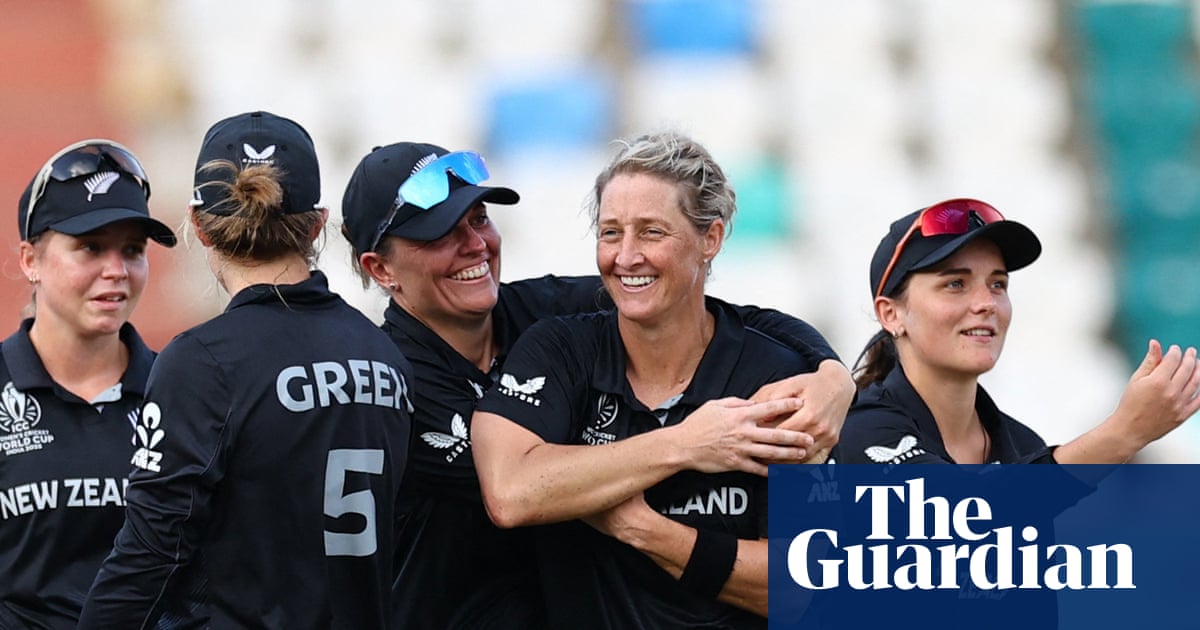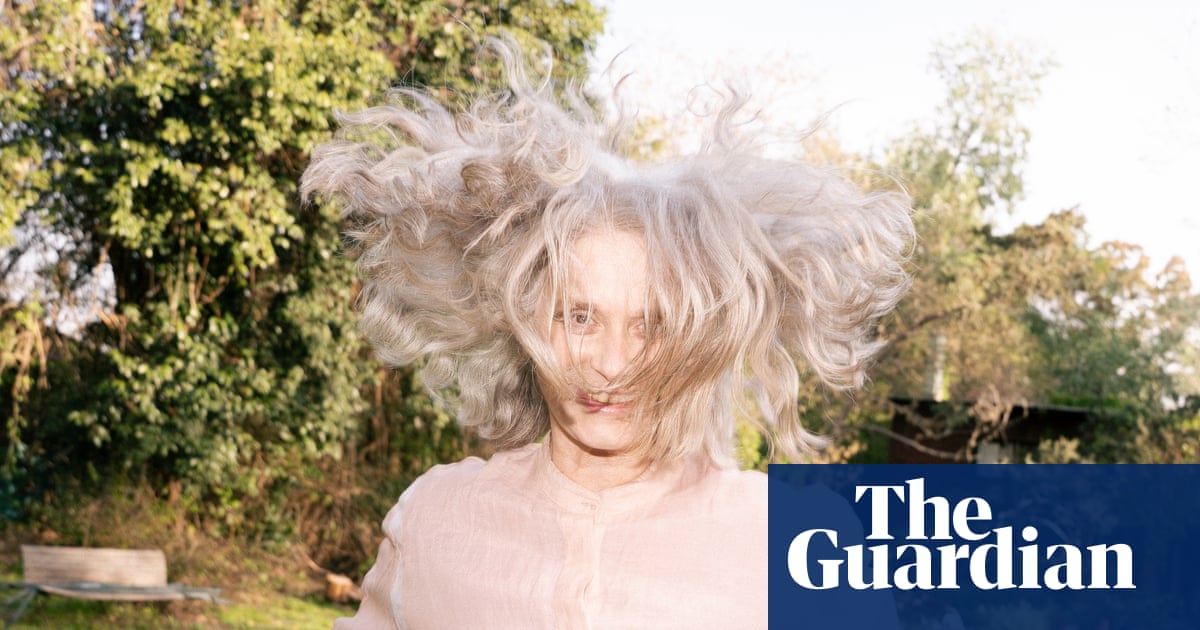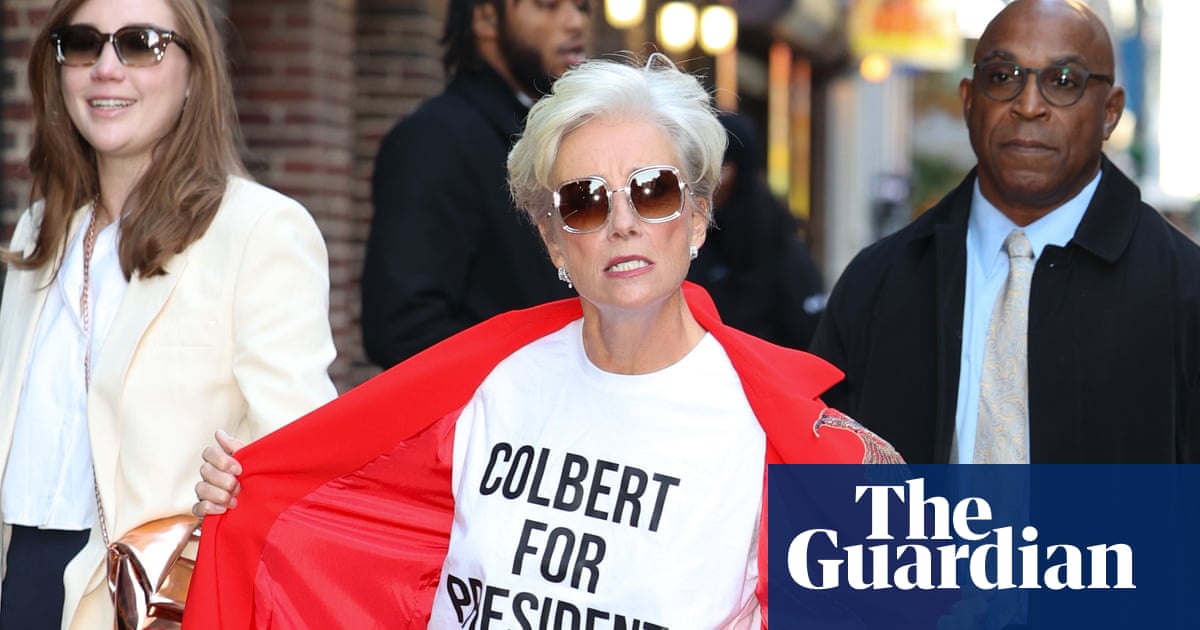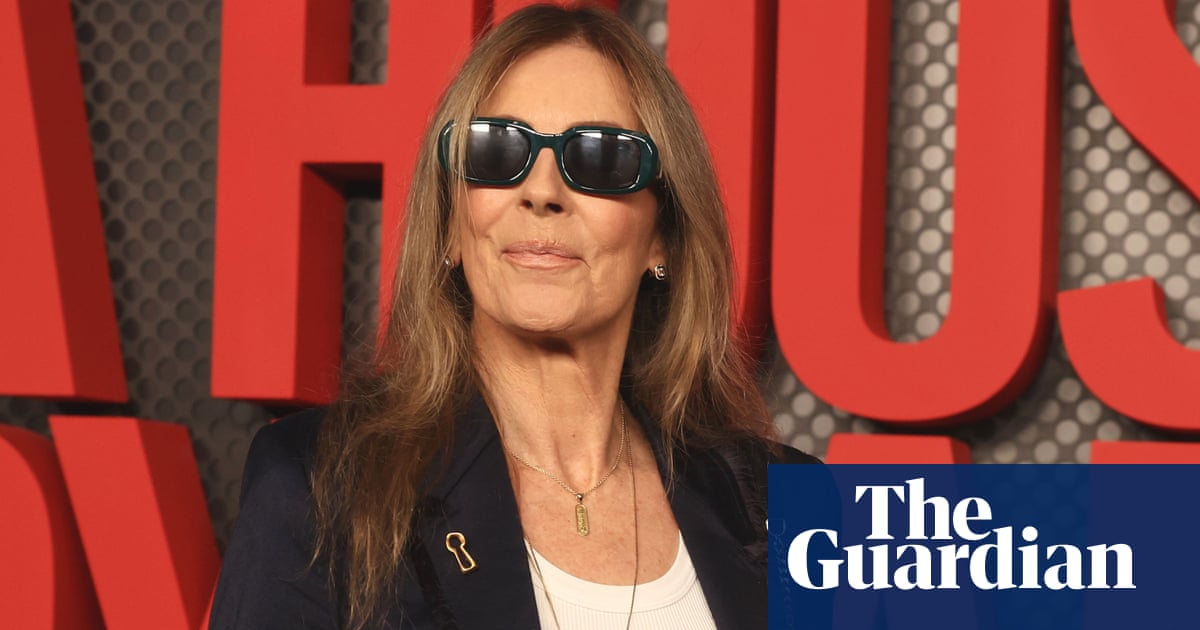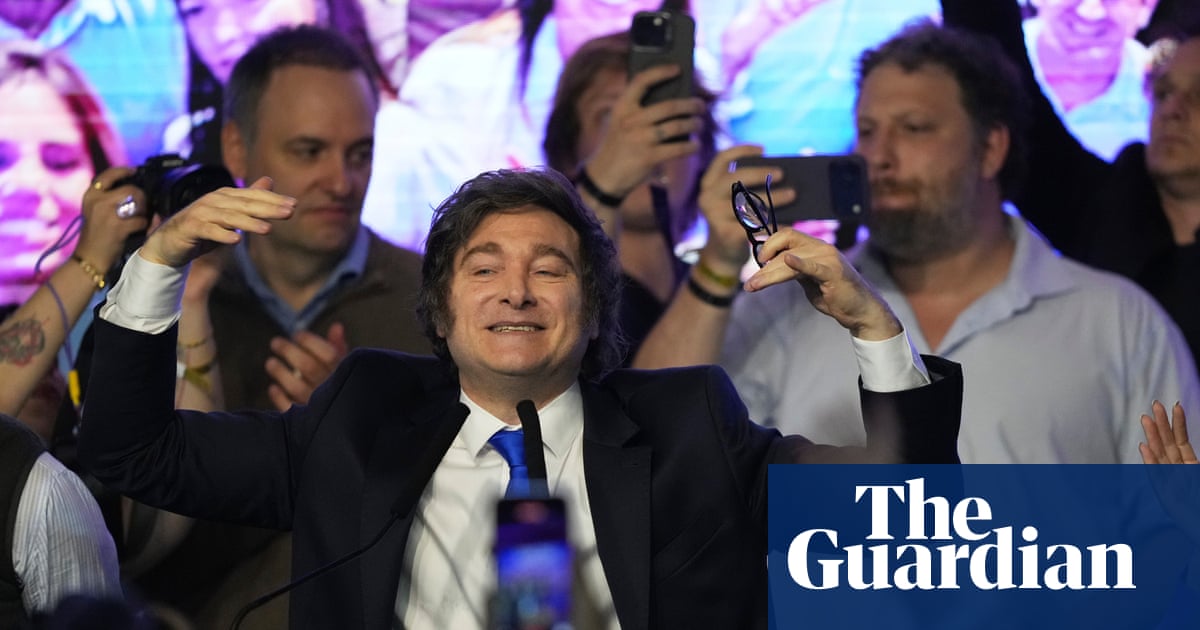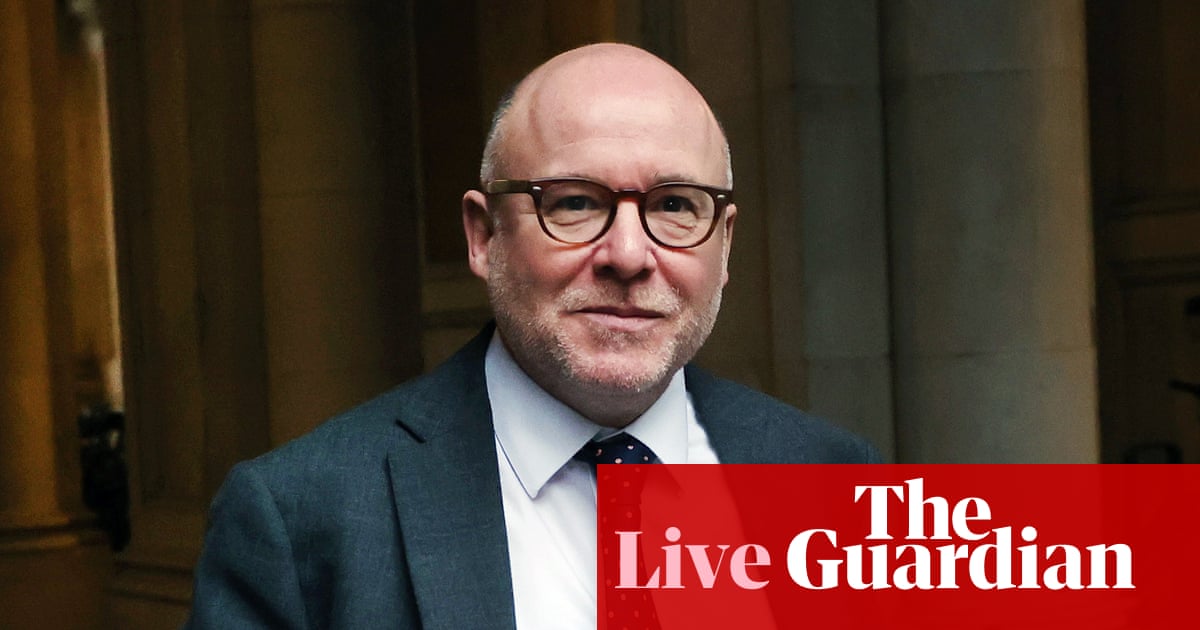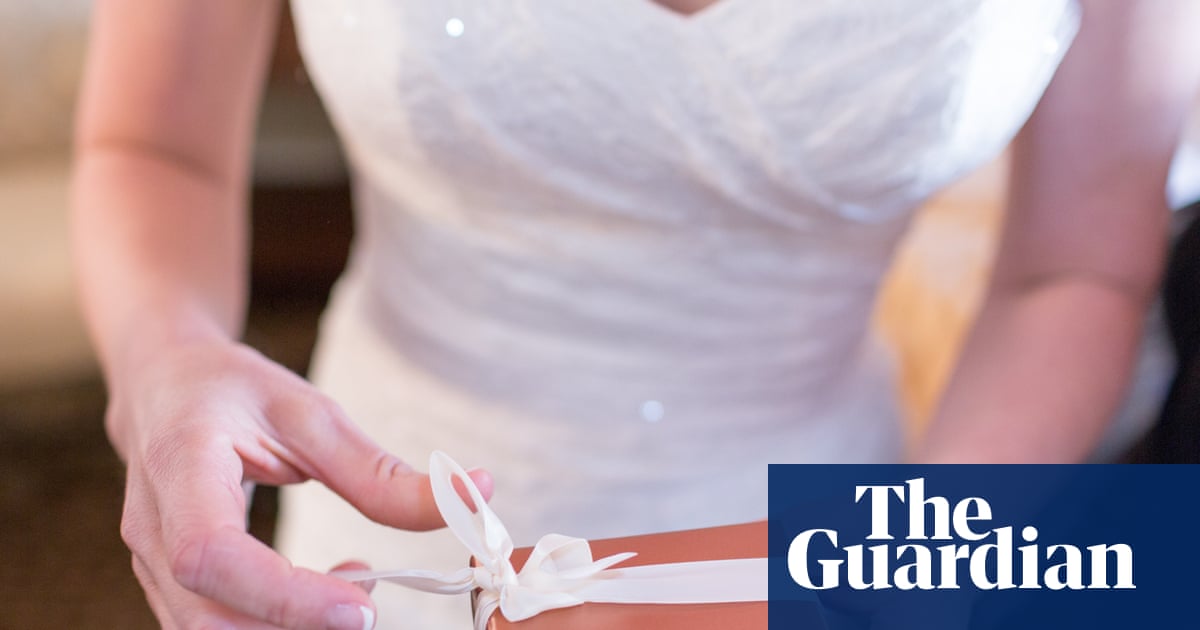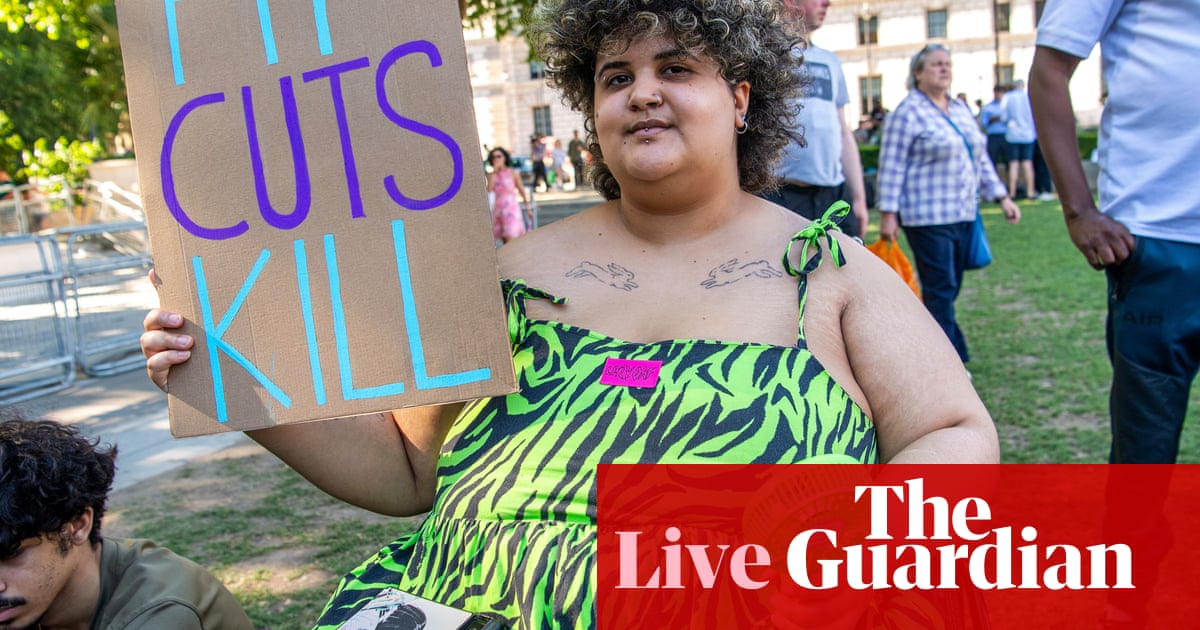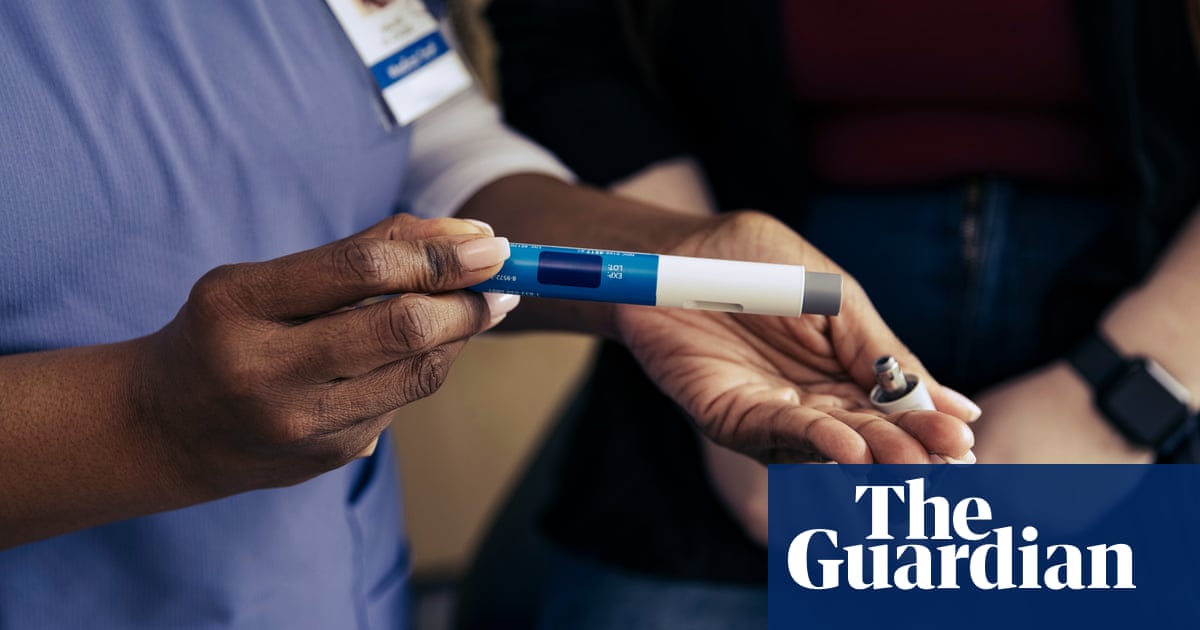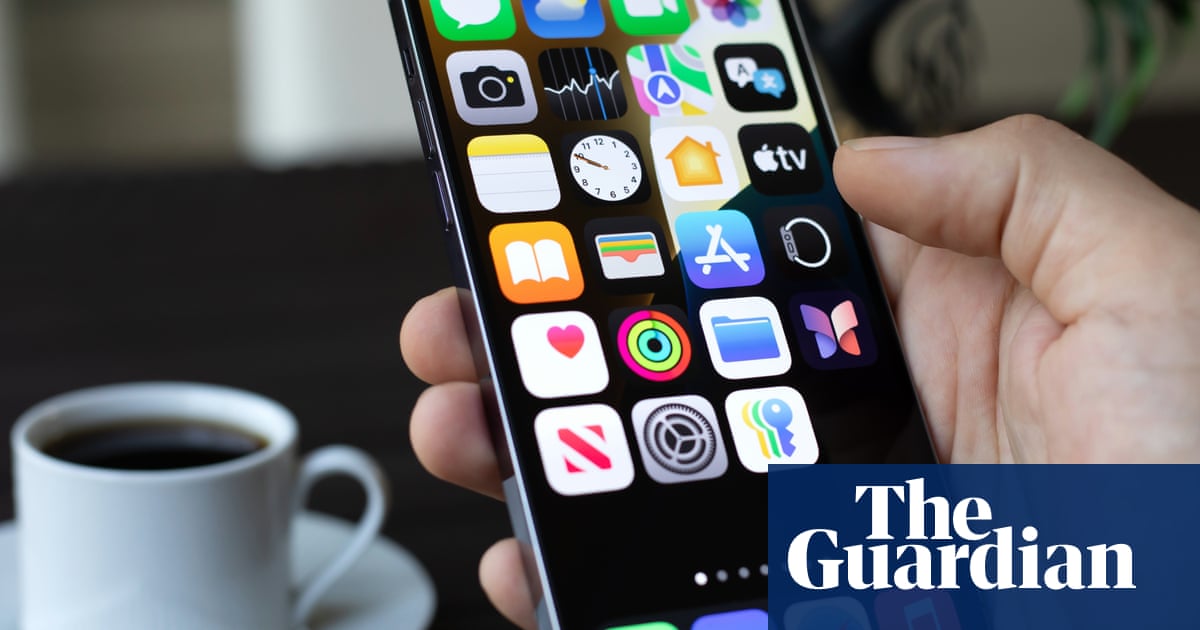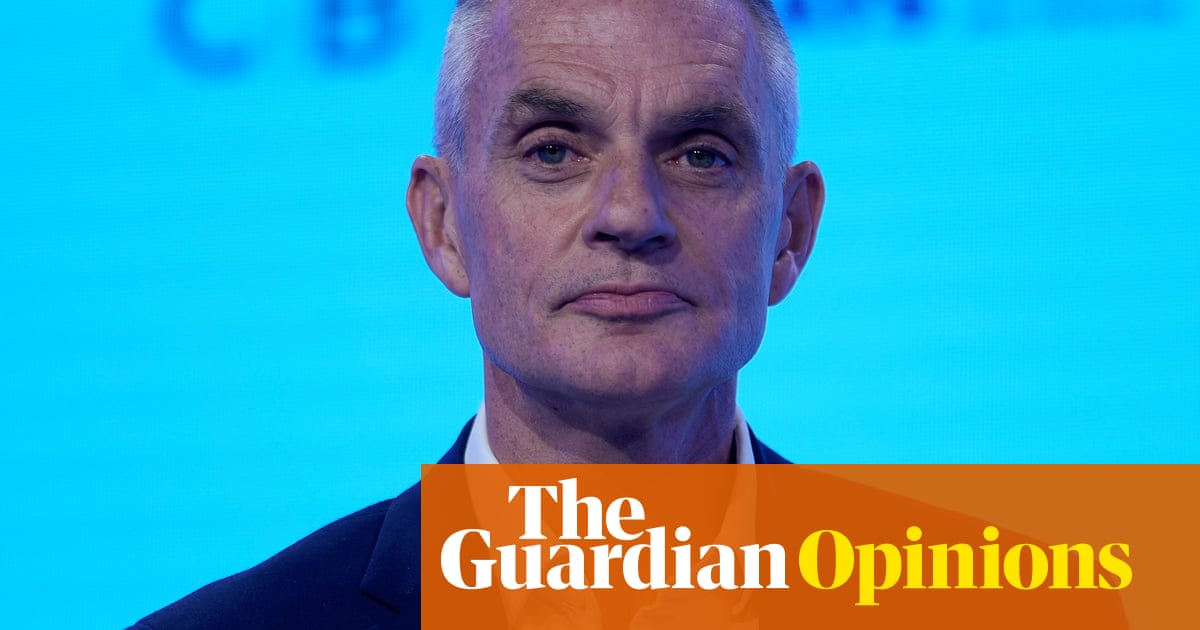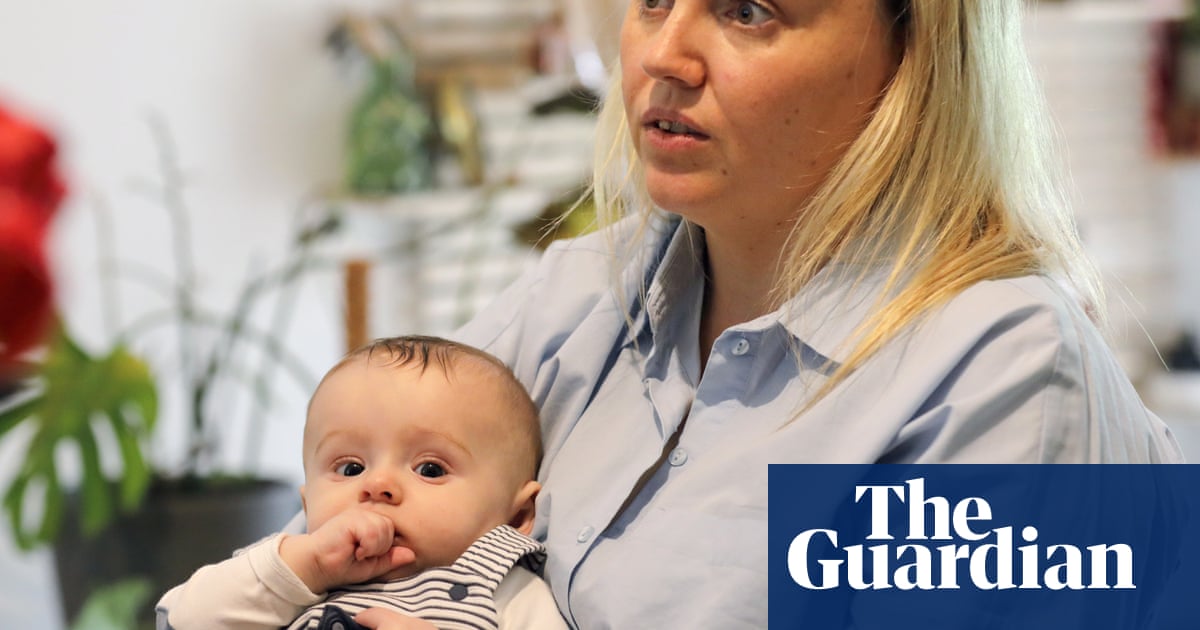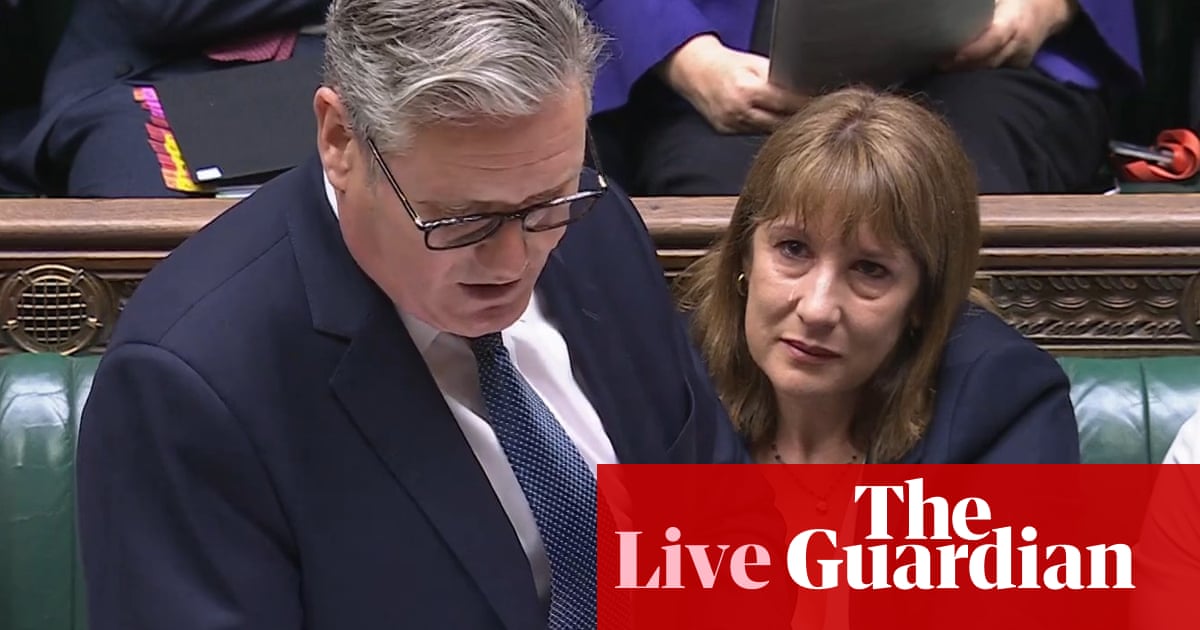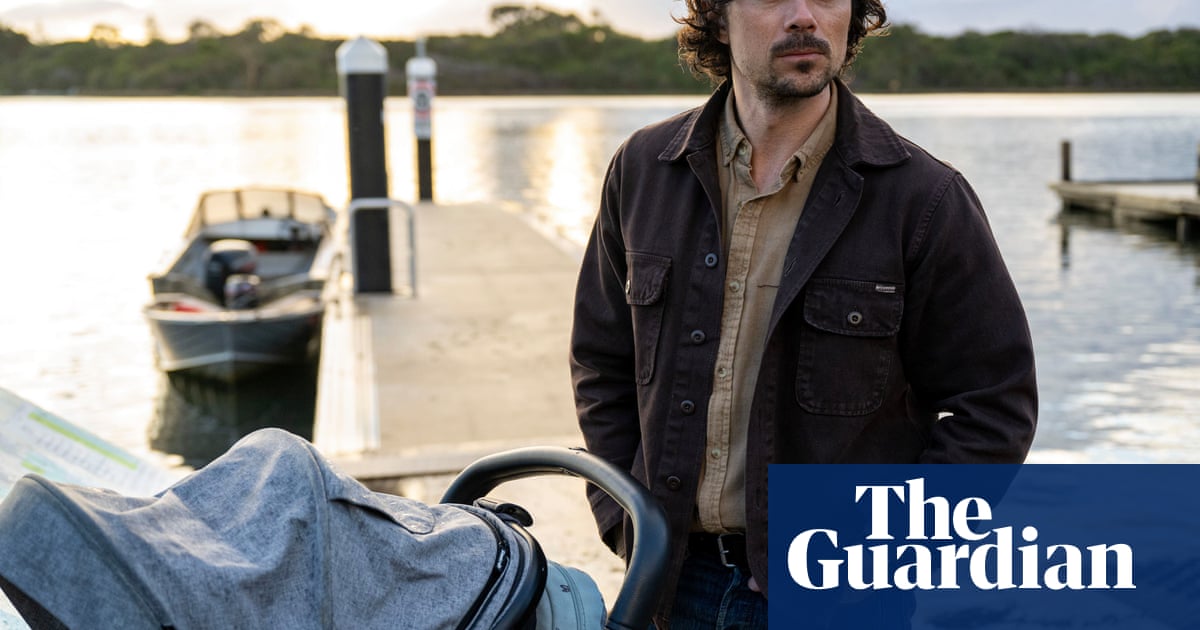After a long day, it’s nice to put on some sweats, pour yourself a glass of wine, turn on the TV and cozy up to an advertisement for Estée Lauder Advanced Night Repair Serum Synchronized Multi-Recovery Complex.
Or at least that’s what I found myself doing on Sunday night, when I returned for season two of Netflix’s Nobody Wants This. In the series, Adam Brody plays the so-called “hot rabbi” and love interest of Kristen Bell’s character, an atheist podcaster considering conversion. Together, the pair navigate cultural differences and disapproving family members. Or at least I assume that’s what happened – I was too distracted by all the product placement to focus on the plot.
Here’s a quick summary of the first five episodes of season two, with, technically, some spoilers. The two lovers get coffee and doughnuts from Dunkin’. Brody’s Noah gives Bell’s Joanne a gold Jennifer Meyer necklace. Joanne’s sister (Justine Lupe) calls the family “DoorDash people” and eats her favorite snack of Flamin’ Hot Cheetos by a pool. The couple goes to a pasta making class, which the chef reminds them was booked through an Airbnb experience. Something happens in a bathroom. I don’t know what, other than there was an extended money shot of the aforementioned Estée Lauder serum.
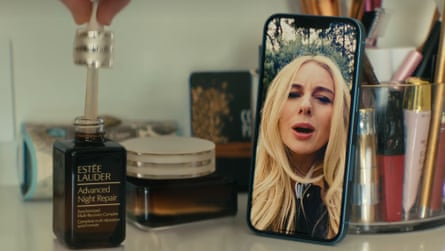
And, oh yes, there is gossip and intrigue and life lessons learned along the way. Sadly, all I retained was the incredibly un-subliminal message that I should order takeout and buy some skincare. The medium is the message, indeed.
I took my qualms to Reddit: had the show really become sponcon slop? I was not alone in this assessment. “The number of product placements this season is hilarious to the point that it’s basically a giant infomercial,” one user posted. “It’s literally like they wrote the scene around the products,” another wrote. “It’s almost like a parody of product placement in movies, but it’s not, and that’s a huge bummer,” another opined.
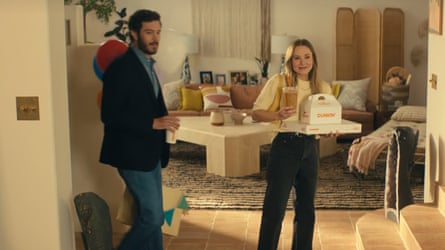
I understand that it’s hard to make films and TV today, even if you’re Netflix (the company is doing well but nothing is certain in the volatile streaming market). I am a lifetime Los Angeles romanticist, and I’m troubled by the fact that Hollywood has entered a slow death spiral. Filming in town is at a historic low, with productions fleeing to Atlanta or New York or the UK or Australia to save on costs. So many releases these days are big-budget franchises or spin-offs, rather than the types of character-driven romcoms that I and so many others love. Nobody Wants This, shot in LA, was an exception to all that: smart, funny and disarmingly charming. So what if Netflix solicited a little financial boost from our benevolent corporate overlords?
It would be naive to turn to television as an escape from the capitalist hellhole that is my phone’s endless scroll of thinly veiled #ads and influencer brand collaborations. From the early days of the first soaps (called that as they were sponsored by personal hygiene brands), TV existed to both entertain and sell stuff. Yet the nonstop hawking in Nobody Wants This feels particularly egregious. Sure, I’ll buy that Joanne, a privileged and slightly vapid podcaster, would be a brand snob who totes a yuppy-ish Clare V handbag and stocks her refrigerator with Spindrift seltzers. But in its best moments, the show encourages us to reflect on our own belief system: how it came to be, and how it might change with time. That introspection becomes difficult when your eye is being pulled to the bottle of Seventh Generation disinfectant spray (available at Target) in the frame.
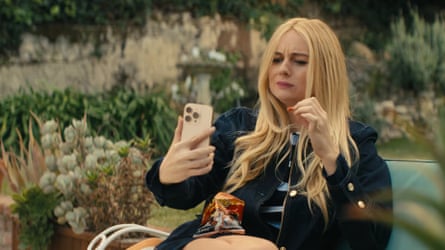
Netflix has long promoted brands during its shows. But the company swears it’s not their idea. Netflix, which did not respond to my request for comment, told the New York Times in 2019 that “most of the brands that appear in shows and movies are added by creators who believe they add to the authenticity of the story”, and that such placements were “rare and not a business focus” at the time.
That’s a little hard to believe. One early Netflix success story, House of Cards, ran from 2013 to 2018. Its product placements (BlackBerry, Sony, Cartier) fit into the world of the show – mostly. At one point, the lead character Frank Underwood, then a US House of Representatives majority whip, asked one of his colleagues about his PlayStation Vita. “I oughta get one of these for the car,” he said, before the episode cut to credits.
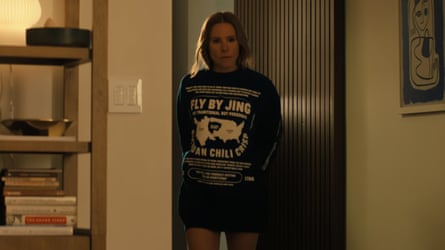
Netflix’s Stranger Things, set in the 1980s, prominently featured products from that era, leading to a modern-day boon for brands such as Coca-Cola, Eggo, Cadillac, Schwinn, Nike and Burger King. In 2019, CBS News reported that the total advertising value for the more than 100 brands that appeared in the series was estimated to hit over $15m in the first three days of season three streaming.
Last year, the Daily Mail found that Emily in Paris, a bubblegum dramedy starring Lily Collins, plugged 37 brands throughout 10 episodes. Some you might expect for a show about an American who moves to Paris, which Sex and the City’s costume designer consulted on: Chanel, Dior, Hermès. But not every sponsor was as chic: Starbucks, Apple and – mon dieu! – McDonald’s.
Maybe I’ll finish Nobody Wants This tonight. Or maybe I’ll go watch five straight hours of car commercials on YouTube; I’m not sure there’s much of a difference at this point. Netflix executives, if you see this, maybe cut back on the product placement. You said it yourself – nobody wants this.

.png) 3 hours ago
3
3 hours ago
3
